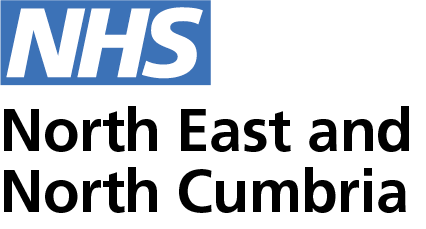Dynamic Support Register (DSR)
The Dynamic Support Register (DSR) is a register of people who:
- have learning disabilities and / or autism, and
- are at risk of being admitted to a specialist learning disability or mental health hospital who may require extra support.
The Dynamic Support Register (DSR) aims to:
- bring people together who are involved in supporting local children, young people and adults with learning disabilities and/or autism
- ensure that they (and those important to them) receive robust, timely, proactive monitoring, intervention and support
- ensure all agencies and services involved in commissioning and delivering care and support for people with a learning disability and/or autism in Sunderland work together to develop a comprehensive and proactive digital database
- help identify people at most need of support to reduce the likelihood of unnecessary or inappropriate admission to mental health or specialist hospitals
It is important that local services are aware of these individuals, so they can make sure they are getting the right support.
Support for people on the DSR includes:
- strengthening support in the community
- helping people to live as independently as possible
- preventing crisis or hospital stays wherever possible
How the register works
The DSR uses a colour system to show different levels of risk.
This helps health and care workers to decide how much risk there is of someone going into hospital.
- Red is for people who are at high risk of going into hospital straight away.
- Amber is for people who are at high risk of going into hospital if they do not get the right care and treatment soon.
- Green is for people who are having their risks managed well at home.
- Blue is for people who are already in hospital.
The DSR is then used to make sure that the right checks are carried out by health and care teams.
How to be referred to the Dynamic Support Register:
It is possible to self-refer or be referred by someone who cares for you. You can use the form below to do this. The form should then be sent to the email address provided on the form. The appropriate team in your area will then contact you about your referral.
